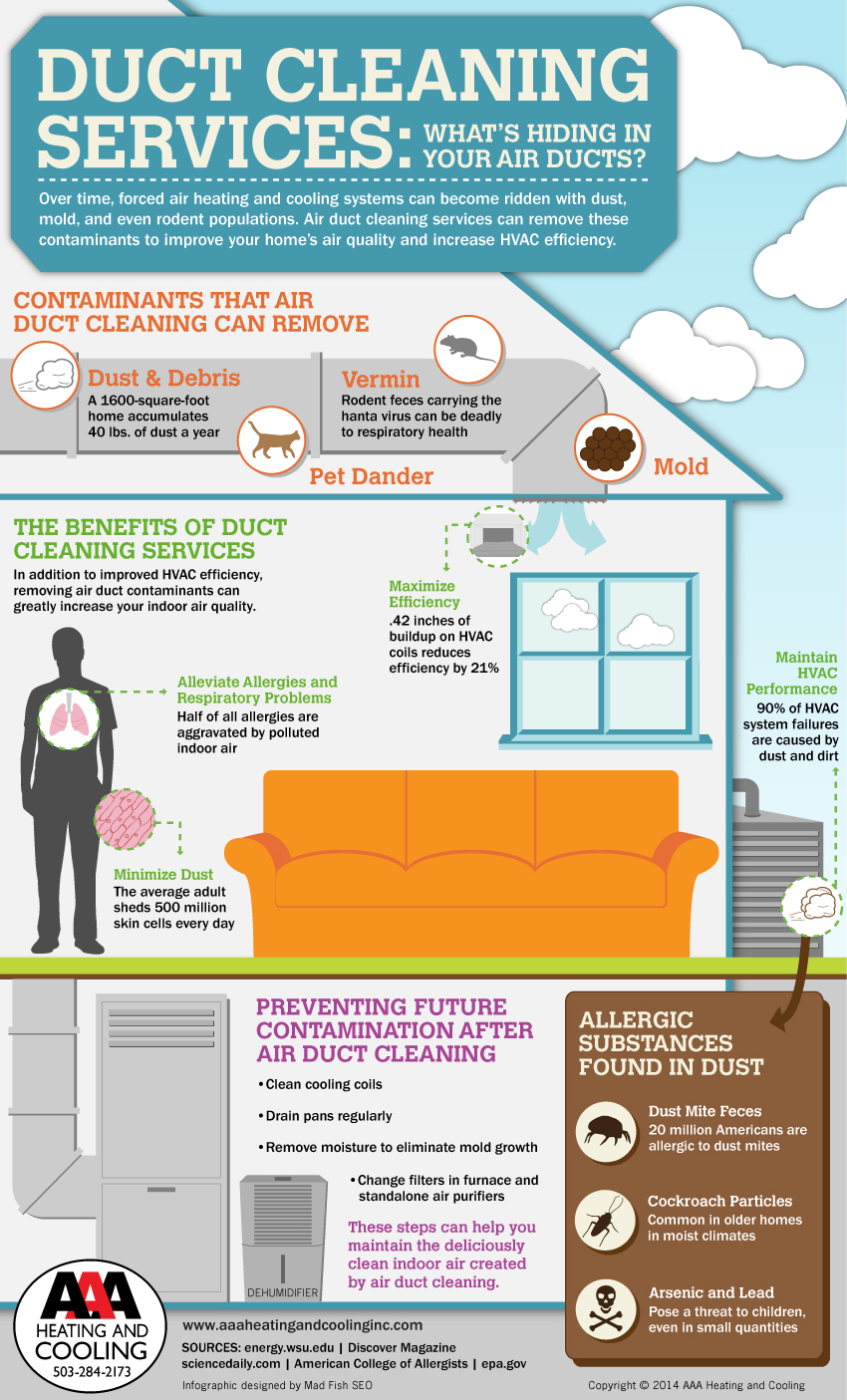The Future Of Home Home Heating - How Heatpump Innovation Is Progressing
The Future Of Home Home Heating - How Heatpump Innovation Is Progressing
Blog Article
heat pump brands nz -Fraser Dominguez
Heatpump will certainly be a vital technology for decarbonising heating. In a scenario regular with governments' announced energy and climate dedications, their international ability increases by 2030, while their share in heating rises to one-quarter.
They work best in well-insulated homes and rely on electrical power, which can be supplied from a sustainable power grid. Technological developments are making them more effective, smarter and cheaper.
Gas Cells
Heatpump make use of a compressor, cooling agent, coils and followers to relocate the air and heat in homes and appliances. They can be powered by solar energy or electricity from the grid. They have actually been obtaining appeal as a result of their inexpensive, quiet operation and the capability to generate electrical energy during peak power need.
Some companies, like IdaTech and BG MicroGen, are dealing with gas cells for home heating. These microgenerators can replace a gas boiler and generate several of a home's electrical needs with a connection to the power grid for the remainder.
But there are reasons to be skeptical of using hydrogen for home heating, Rosenow states. It would be expensive and inefficient contrasted to various other innovations, and it would add to carbon discharges.
Smart and Connected Technologies
Smart home technology allows homeowners to link and control their tools from another location with the use of smart device applications. For example, wise thermostats can discover your home heating preferences and immediately adjust to enhance energy intake. Smart lights systems can be regulated with voice commands and immediately shut off lights when you leave the area, lowering energy waste. And smart plugs can keep track of and manage your electric use, enabling you to recognize and restrict energy-hungry devices.
The tech-savvy family shown in Carina's meeting is a great illustration of how owners reconfigure room home heating techniques in the light of brand-new clever home technologies. They rely upon the gadgets' computerized functions to carry out day-to-day modifications and regard them as a convenient methods of performing their home heating methods. Therefore, https://costtoaddairconditioning11863.bloggosite.com/35844695/the-ultimate-guide-to-recognizing-warm-pumps-just-how-do-they-function see no reason to adjust their techniques further in order to enable flexibility in their home power need, and interventions aiming at doing so might encounter resistance from these households.
Electrical energy
Considering that warming homes accounts for 13% of US discharges, a switch to cleaner alternatives might make a large distinction. However the technology deals with challenges: It's costly and needs extensive home improvements. And it's not constantly suitable with renewable energy sources, such as solar and wind.
Until just recently, electric heatpump were as well costly to compete with gas models in most markets. However new developments in style and products are making them more cost effective. And much better cold environment efficiency is allowing them to function well also in subzero temperature levels.
The next action in decarbonising heating might be using warmth networks, which attract heat from a central resource, such as a close-by river or sea inlet, and distribute it to a network of homes or buildings. That would certainly decrease carbon emissions and permit houses to benefit from renewable resource, such as environment-friendly electricity from a grid supplied by renewables. https://www.underhoodservice.com/could-your-a-c-recycling-and-recovery-machine-be-overcharging/ would be less expensive than switching to hydrogen, a fossil fuel that needs new infrastructure and would just lower carbon dioxide exhausts by 5 percent if paired with boosted home insulation.
Renewable resource
As electrical energy rates drop, we're beginning to see the very same pattern in home heating that has driven electric autos into the mainstream-- yet at an even quicker speed. The solid climate case for electrifying homes has been pressed better by brand-new research.
Renewables account for a substantial share of modern heat intake, but have been given minimal policy attention globally contrasted to other end-use industries-- and even less attention than electricity has. Partially, this reflects a mix of consumer inertia, divided rewards and, in several nations, subsidies for nonrenewable fuel sources.
New innovations could make the change simpler. For example, heatpump can be made extra energy effective by changing old R-22 refrigerants with new ones that don't have the high GWPs of their precursors. Some specialists also envision area systems that draw heat from a nearby river or sea inlet, like a Norwegian fjord. The cozy water can then be made use of for cooling and heating in a neighborhood.